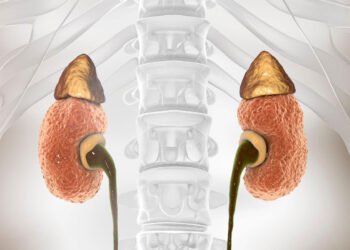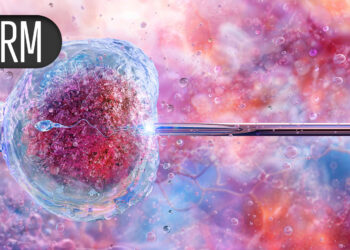
Edible microbeads could absorb fat in the gut
Vacharapong Wongsalab/Getty Images
Feeding rats edible microbeads designed to absorb fat helps them lose weight. One day the beads could be used in human foods and drinks to prevent or treat obesity in people.
Despite decades of efforts to combat obesity, rates of the condition have only continued to climb worldwide. While new, highly-effective weight-loss drugs like Wegovy and Zepbound have hit the market, their hefty price tag and numerous side effects mean other weight-loss interventions are still needed.
To that end, Yue Wu at Sichuan University in China and her colleagues developed edible microbeads that trap fat before it is absorbed by the body. They created the beads from vitamin E and compounds found in green tea, and coated them with alginate, a type of seaweed fibre. All of these components are food-grade ingredients approved by the US Food and Drug Administration (FDA).
Once ingested into the stomach, the protective alginate layer expands, allowing partially-digested fats in the gut to enter the beads’ interior, where they bind to the compounds within. The beads – along with the trapped fat – are then excreted during bowel movements.
The team tested the beads in eight rats fed a diet of 60 per cent fat. After 30 days, the rats lost about 17 per cent of their body weight, on average. In comparison, a separate group of eight rats fed the same high-fat diet without the beads didn’t lose weight, and neither did another bead-free group kept on a diet of 10 per cent fat. Those treated with the microbeads also had less fat tissue and liver damage than the other rats.
The researchers also tested faeces from rats fed the microbeads. Their waste contained roughly as much fat as that of a fourth group of rodents treated with orlistat – a weight-loss drug that prevents fat absorption. This indicates the microbeads blocked fat uptake in the animals’ guts, like the drug does. Yet unlike orlistat, the beads didn’t cause gastrointestinal side effects in the rats.
“One of the reasons why [orlistat] still isn’t very popular is because it makes it much more difficult to control bowel movements,” says Sander Kersten at Cornell University in New York. These edible microbeads could, therefore, be an appealing alternative to the medication – though they still have to be tested in humans.
A clinical trial involving 26 people is already underway. “We anticipate that preliminary data may become available within the next year,” said Wu in a press release from a meeting of the American Chemical Society, where she presented these results on 21 August.
One concern is the microbeads may interfere with the absorption of fat-soluble vitamins, says Kersten. It also isn’t clear whether people will find them appealing. Both these issues ultimately led to the demise of a similar approach, he says: a synthetic fat the body can’t digest, called olestra, was added to some US food products in the late 1990s and early 2000s. But food manufacturers discontinued using the product around a decade ago due to low sales.
The researchers foresee adding the flavourless beads, which can be shaped into balls the size of tapioca or boba, to desserts and bubble teas. “We want to develop something that works with how people normally eat and live,” said Wu.
Topics:
Source link : https://www.newscientist.com/article/2493282-could-lacing-food-with-fat-trapping-microbeads-help-us-lose-weight/?utm_campaign=RSS%7CNSNS&utm_source=NSNS&utm_medium=RSS&utm_content=home
Author :
Publish date : 2025-08-21 10:00:00
Copyright for syndicated content belongs to the linked Source.











